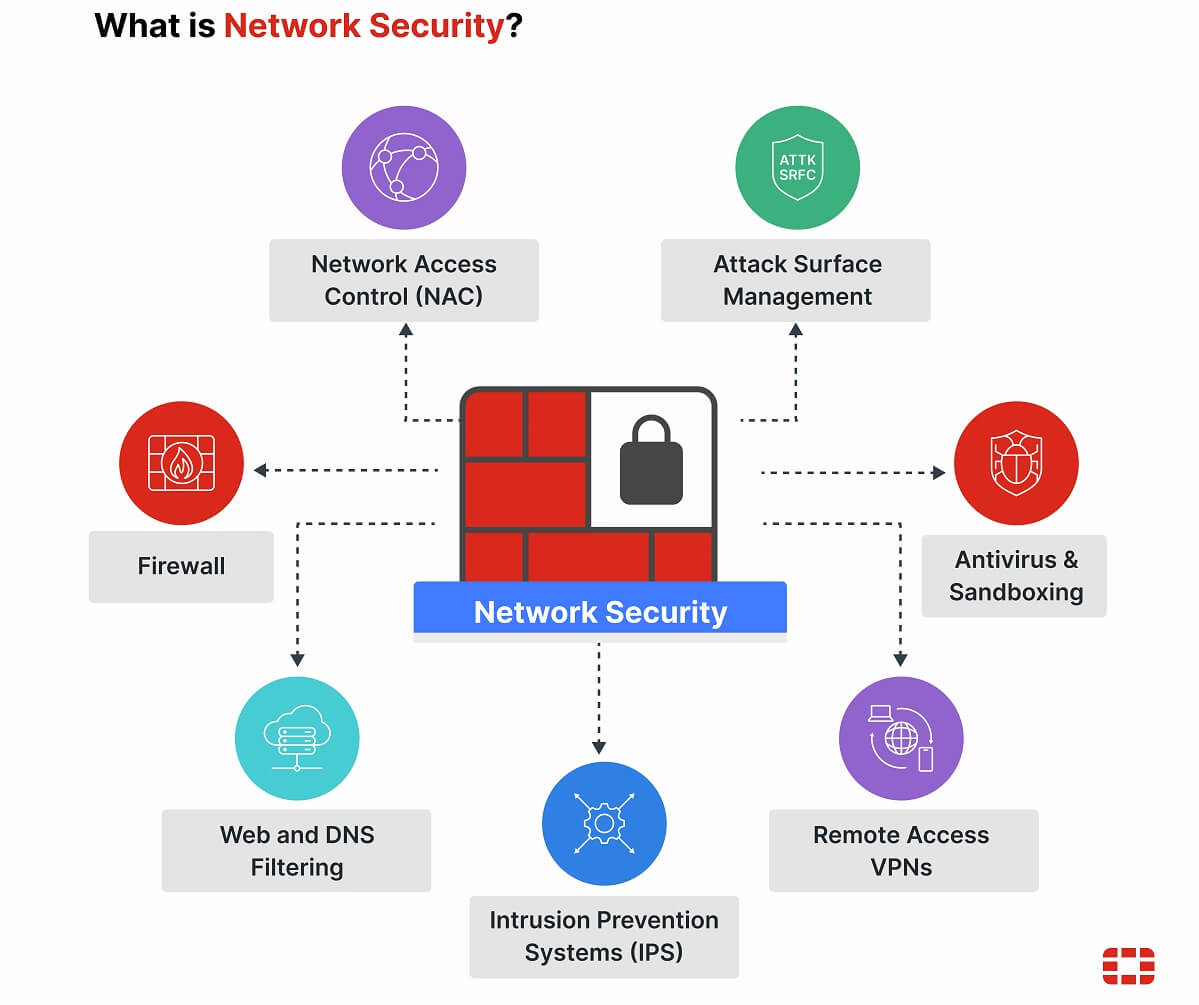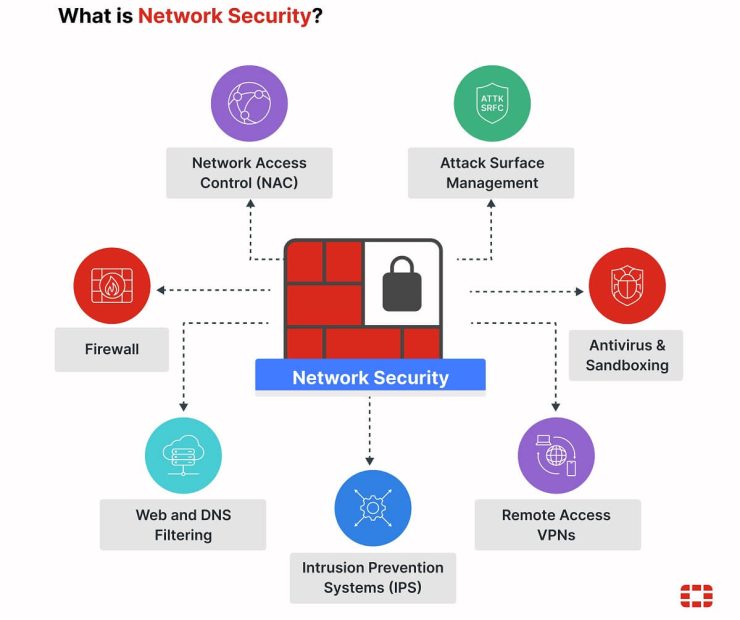
**The Significance of Fire Suppression Systems in Data Centres**
In the contemporary digital marketplace, data serves as the essential component for enterprises, from modest start-ups in Vancouver to enormous e-commerce leaders in Toronto. The foundation of these businesses relies on strong digital infrastructure, whether it is an internal server room or a co-location facility. As companies continually innovate and expand, they frequently neglect a significant threat: fire. A fire in a data centre not only damages physical assets; it can obliterate years of progress, undermining customer trust and wasting future prospects.
Investing in a fire suppression system for data centres is not merely a regulatory obligation; it is a strategic imperative similar to an insurance safeguard against the destruction of digital assets and operational interruptions. Reflect on the severe repercussions when companies ignore proper fire suppression measures. A mere spark from overheated equipment can escalate into a raging inferno, leading to disastrous consequences. Delayed detection allows the fire to develop; without an automatic suppression system, equipment can be devastated. The ensuing downtime, data loss, and recovery expenditures far exceed any savings from skimping on safety infrastructure. Therefore, prevention and swift containment are crucial.
The implications of a fire in a data centre go beyond immediate hardware damage. Downtime can be especially debilitating. For online retailers, even a brief disruption can result in lost sales and dissatisfied customers who might turn to competitors. Service providers face halted operations, breached service level agreements, and rapidly diminishing client trust. A fire can erase irreplaceable data, such as customer databases, financial information, proprietary algorithms, and intellectual properties. The reputational harm is equally significant; a business founded on dependability can lose its credibility overnight, impacting future growth and market perception across Canada.
Water-based fire suppression techniques are inappropriate for contemporary data centres since water can be detrimental to sensitive electronics. Conventional sprinkler systems, effective for standard office fires, can increase damage to servers and network equipment, leading to expensive cleanups and downtime. Instead, modern solutions employ clean agents like inert gases (e.g., nitrogen, argon) or chemical agents that extinguish fires without leaving residue or harming electronics. Once the fire is managed, data centres can swiftly resume operations with minimal disruption.
Timely detection is essential. Very Early Warning Fire Detection (VEWFD) or Aspirating Smoke Detection (ASD) systems continuously sample air for ultra-fine combustion particles, providing an almost preemptive alert before any visible smoke or heat appears. This early detection gives critical time to investigate and act before significant damage occurs. Advanced systems can even identify the specific server rack or zone at risk, allowing for targeted fire suppression.
Investing in sophisticated fire suppression systems for data centres is not just an expenditure—it is a strategic investment in business continuity and resilience. The upfront cost is trivial compared to the potential losses from prolonged downtime, irrecoverable data, and damaged reputation. Such systems provide peace of mind, ensuring the digital foundation of businesses is safeguarded by technology that responds swiftly.
Ultimately, a strong fire suppression system is more than regulatory compliance; it is about protecting your vision and ensuring the ongoing success of your enterprise in Canada.
